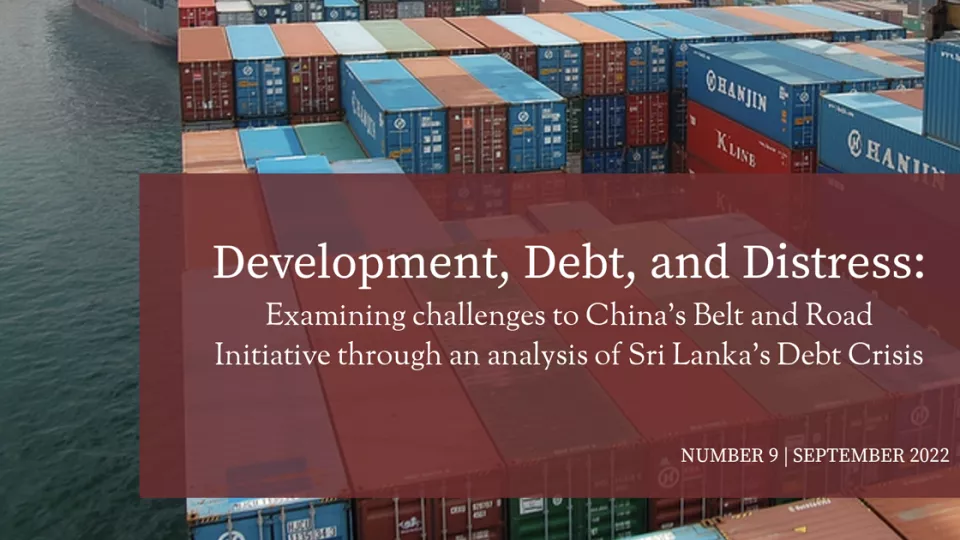In this article, Tabita Rosendal analyzes what the Sri Lanka’s debt crisis can tell us about China’s “Belt and Road” Initiative (BRI). During Sri Lanka’s ongoing economic crisis, China initially seemed to take a step back, leaving everyone to wonder whether the Chinese Communist Party (CCP) would agree to restructure its debt in Sri Lanka. If Beijing agreed to help its “friend in need”, what would this entail for other BRI countries seeking to restructure their debt in response to the COVID-19 pandemic?
The article gives an overview of some of the trends currently affecting the BRI, and relates them to the challenges China faces on both the national and international level. In so doing, it addresses perceptions of China’s “responsibility” in Sri Lanka’s current situation, including the question of Chinese “debt-trap diplomacy”, and sheds light on some of the potential roadblocks for the future of Chinese BRI investments.
Development, Debt, and Distress: Examining challenges to China’s Belt and Road Initiative through an analysis of Sri Lanka’s debt crisis

Tabita Rosendal has published an article on China’s stake in Sri Lanka’s debt crisis, and what this tells us about the Belt and Road Initiative.

